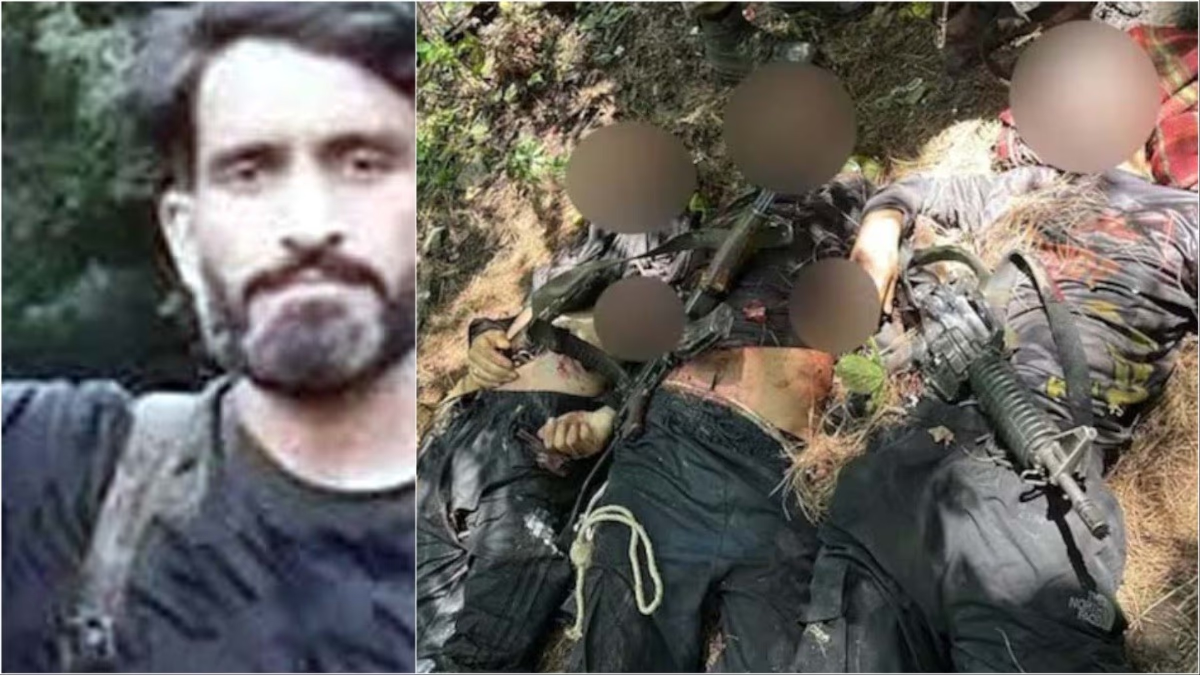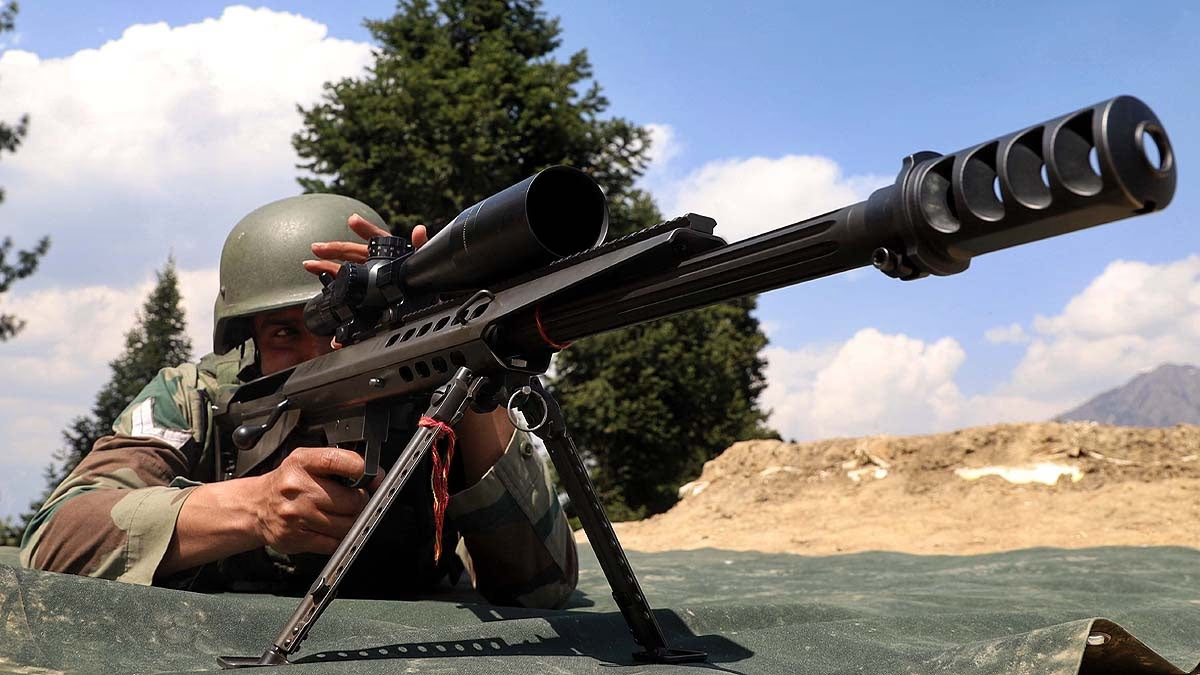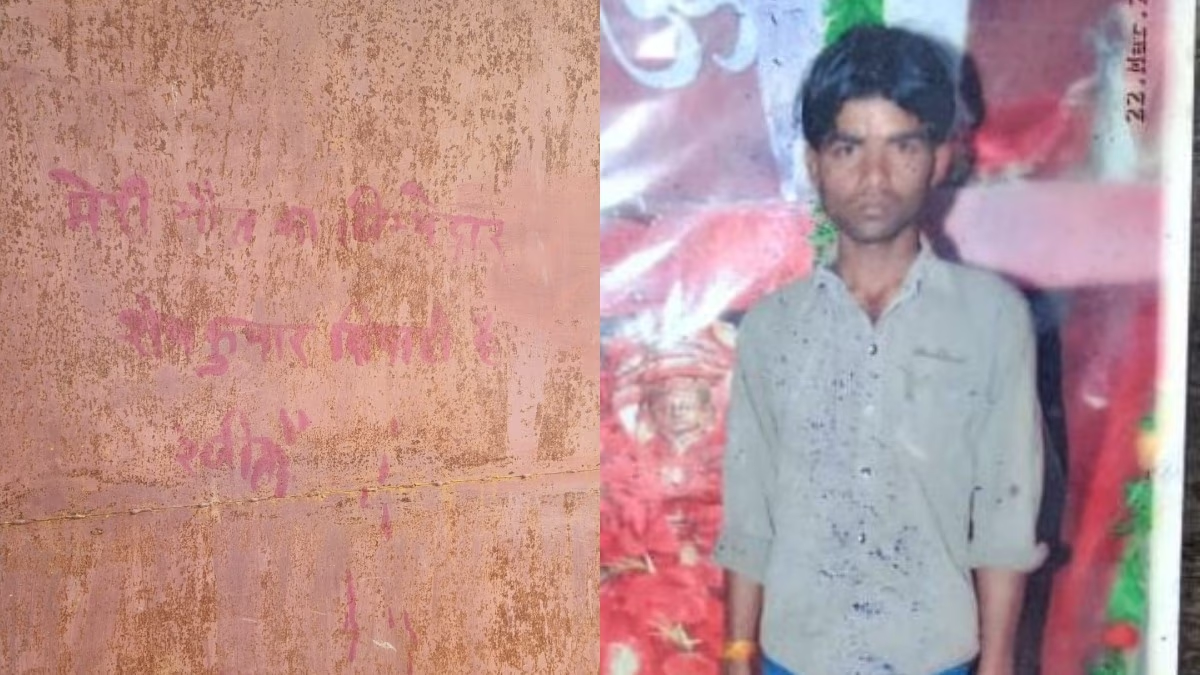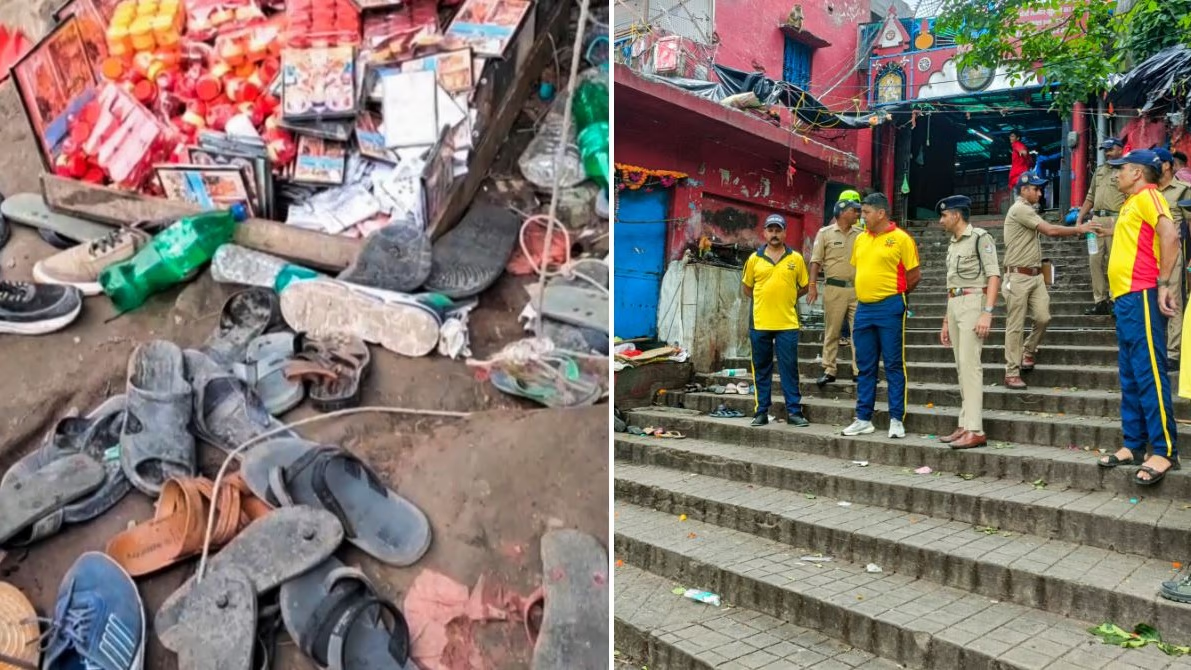In Jammu and Kashmir, the mastermind behind the Pahalgam attack and top commander of Lashkar-e-Taiba (LeT), Hashim Musa, who was previously a soldier in the Pakistani army, has finally been killed by the Indian army. This encounter took place on July 28 in the Lidvas area of Srinagar. New images from the encounter have now emerged.
Hashim Musa was not only held responsible for the Pahalgam attack but also for the Sonamarg tunnel attack. Let us understand how this operation unfolded, who Hashim Musa was, and its impact on India's security.
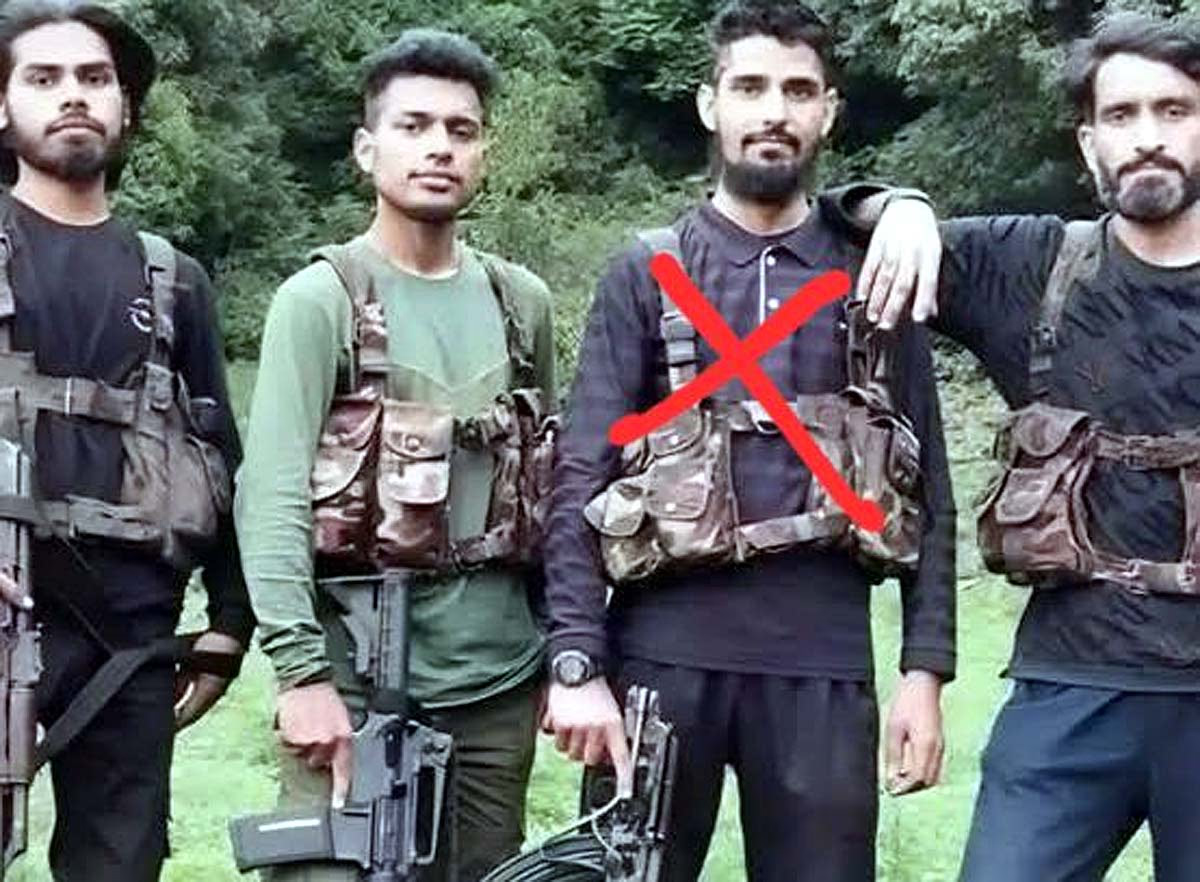
Source: aajtak
Pahalgam and Sonamarg Attacks: What Happened?
Pahalgam Attack (April 22, 2025):
In Jammu and Kashmir's picturesque Baisaran Valley, five terrorists attacked 26 tourists, mostly Hindus. A Christian tourist and a local Muslim also lost their lives. The attack involved M4 carbines and AK-47s. The Resistance Front (TRF), a proxy of Lashkar, initially claimed responsibility but later denied it.
Sonamarg Tunnel Attack (2024):
Near the Z-Morrh Tunnel in Sonamarg, a tragic attack led to the deaths of seven individuals, including six laborers and one doctor. Once again, terrorists linked to Lashkar were behind this assault, and Hashim Musa's name was linked to it.
Who Was Hashim Musa?
Known also as Sulaiman Shah Musa Fauji, Hashim was a dangerous commander within Lashkar-e-Taiba. His story is as follows:
Background: Hashim Musa was a para-commando in Pakistan's Special Service Group (SSG), an elite military unit.
Lashkar Involvement: He infiltrated India in 2022 and joined Lashkar, masterminding several attacks.
Mastermind in Attacks: He played a crucial role in planning and executing the Pahalgam attack. He was present in Baisaran Valley from April 15, conducting reconnaissance for seven days.
Sonamarg Connection: He also led the Sonamarg tunnel attack, which claimed seven lives.
Hiding Spots: He hid in the jungles of Dachigam and Lidvas, from where he planned to flee to Pakistan.
A bounty of 1 million rupees was placed on capturing or neutralizing Hashim as he was implicated in multiple attacks, including those in Ganderbal and Baramulla.
Operation Mahadev and the Lidvas Encounter
Operation Mahadev, launched 96 days after the Pahalgam attack, successfully neutralized Hashim Musa. Learn how this mission unfolded...
Preparation: The army tracked Hashim's location using drones, thermal imaging, and human intelligence (HUMINT). His presence was confirmed in the Lidvas forests.
Encounter: On the morning of July 28, 2025, the army surrounded the area. Hashim and two associates started firing, but after a six-hour encounter, all three were neutralized.
Weapons and Evidence: The encounter resulted in the recovery of AK-47s, grenades, and IEDs (bombs). Hashim's Pakistani passport and satellite phone were also found, indicating links to the ISI.
Images: Images from the Lidvas encounter show the neutralized terrorists’ bodies and the recovered weapons, serving as evidence of the army’s success.
What Was Special About This Operation?
Indigenous Technology: The army employed indigenous drones and radar to locate terrorists hidden in the forests.
Precision: Care was taken to prevent civilian casualties.
Long Strategy: This operation, lasting 96 days, involved reconnaissance, encirclement, and precise strikes.
Drones monitored terrorist activities at night, and thermal cameras detected their heat signatures. Robots were used to defuse IEDs.
